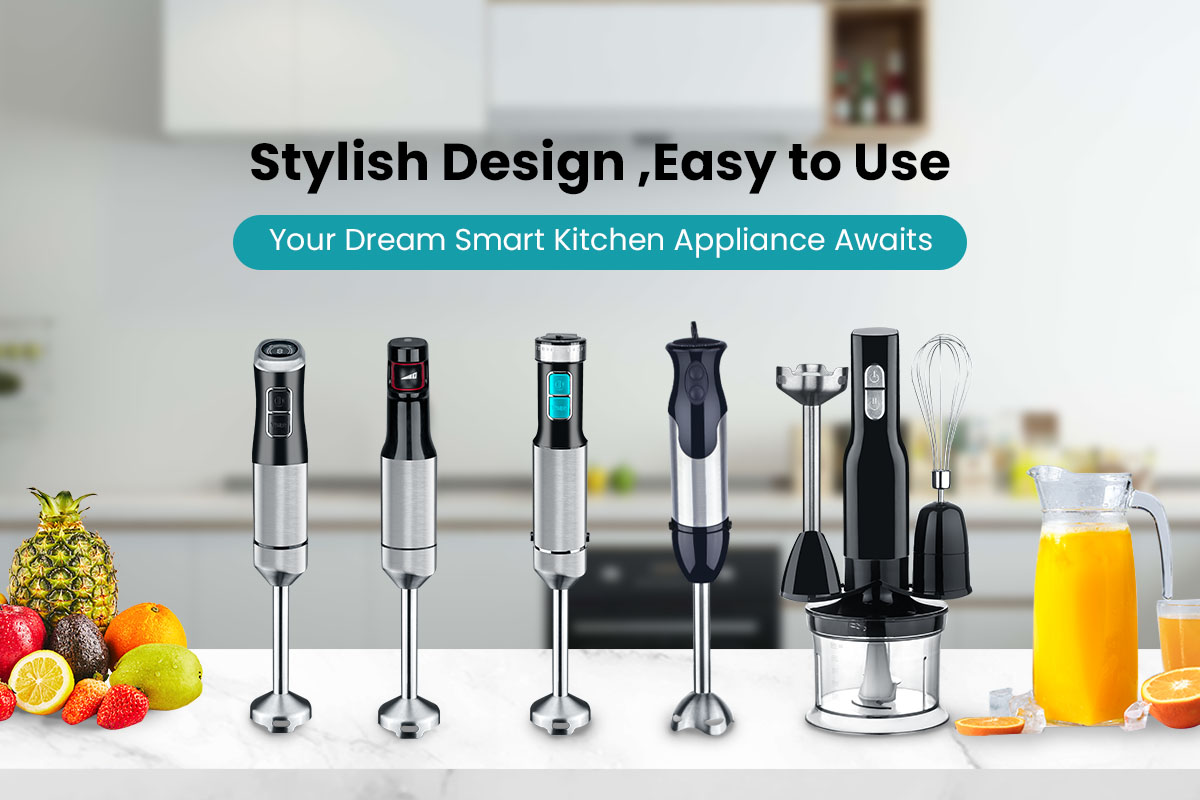Selecting Optimal Table Blenders for Industrial Scale Food Production
Having the right equipment is crucial because the demand in high-volume food production is always time sensitive. Table Blenders, which are used frequently in food processing and commercial kitchens alike, are simple and multifunctional. Be it making smoothies, pureeing a soup, or mixing up sauces, having the best table blender is pivotal for efficient production, product standards and operational costs. This article addresses the most important considerations that are relevant when choosing a table blender for the high concentration of food products made in a commercial setting or industrial environment.
1. Power and Performance
When looking for table blenders for food production, one crucial element to pay close attention to is the power of the engine. A more powerful engine typically ranging from 1000 to 2000 watts would give the assurance that the machine will not stall or lose efficiency when confronted with dense and thick ingredients. High-performance blenders for example, are very crucial in grinding frozen fruits and nuts or for grinding and blending large portions of vegetables. Using high horsepower motors also means that there is a lesser time taken to process the order thereby increasing the turnaround on large orders and improvements in productivity.
2. Durability and Build Quality
Any equipment in a commercial kitchen and any food production facilities must withstand constant activity. When investing in a table blender, one should prioritize materials that such as stainless steel or certain plastic types which are resilient. Of the above materials, stainless steel is the best option since it is less prone to damage and can withstand high usage. Moreover, the inclusion of extra-sturdy elements such as robust bases and shockproof features in the blenders will facilitate the durability of the blender under adverse conditions.
3. Capacity and Batch Size
For the mass production of food, the capacity is very essential. As for the latter, blenders with a jar capacity of about 1.5 to 2 litres are good since they permit as many batches as possible to be done at once minimizing the number of cycles required. In large-scale enterprises, this is tremendously beneficial as it reduces the amount of time spent preparing the components and contributes to the overall efficiency of operations. If your production entails using various types of recipes requiring different quantities of ingredients, consider blenders that have adjustable or containers of various sizes to enhance versatility.
4. Speed and Control Features
The provision of adjustable speed settings with table blenders gives operators more control over the blending process. For instance, low speeds can be used for stirring, while medium or high speeds are preferable for blending or pureeing. Others high-end table blenders have the capabilities of incorporating a pulse function, which allows for short bursts of power to blend strong ingredients. These options are necessary as they promote consistent dry blending outcomes especially in large dry blend production to enhance the quality of the product.
5. Ease of Cleaning and Maintenance
High volume food production demands immaculate environment. Blenders which cost less time disassembling for cleaning purposes will help reduce time and more so avoid contamination. It is best to choose blenders where individual components such as blending arms and blades can be detached and are safe for the dishwasher. Smooth married rounded surfaces with even no grooves and very small recesses prevent food cadres and debris from building up and thus present cleaning related requirements. In addition, consider looking for blenders that are low maintenance and have easy to use controls.
6. Noise Level
Balance is critical in this situation, not just the power. The noise generated by the motor of the blender, which can sometimes be the loudest equipment in a commercial kitchen, also needs to be cautioned about. These places can have various equipment working at the same time, creating a lot of noise, which makes sound-dampening features of table blenders or a quieter motor a good consideration. This is particularly important in foodservice workplaces that have employees in cubicles where numerous activities are often taking place nearby.
7. Safety Features
Construction also requires some measures to ensure safety since it is the core priority in such environments. Table blenders should have features that prevent the risk of accidents like automatic shut-off, anti-skid bases and lid locking. Also, thermal protection is offered in some of the blenders which prevents the overheating of the motor while doing continuous blending for longer periods. These safety mechanism incorporated in a blender, not only preserve the safety of the user but also guarantee the durability of the equipment.
Conclusion
When choosing the optimal table blender for commercial use, different factors such as strength, size, durability, and usability need to be deliberated upon. It is possible to invest in a good and robust blender that is designed with an optimum amount of power while having remarkable speed and safety features that would help streamline food production sharp errors or assist in reducing workforce. It is crucial and a business decision that is about a stable table blender purchase. This will help in boosting the performance and the operations of the organization. It is possible to use the blender effectively and efficiently by analyzing specific production requirements.





